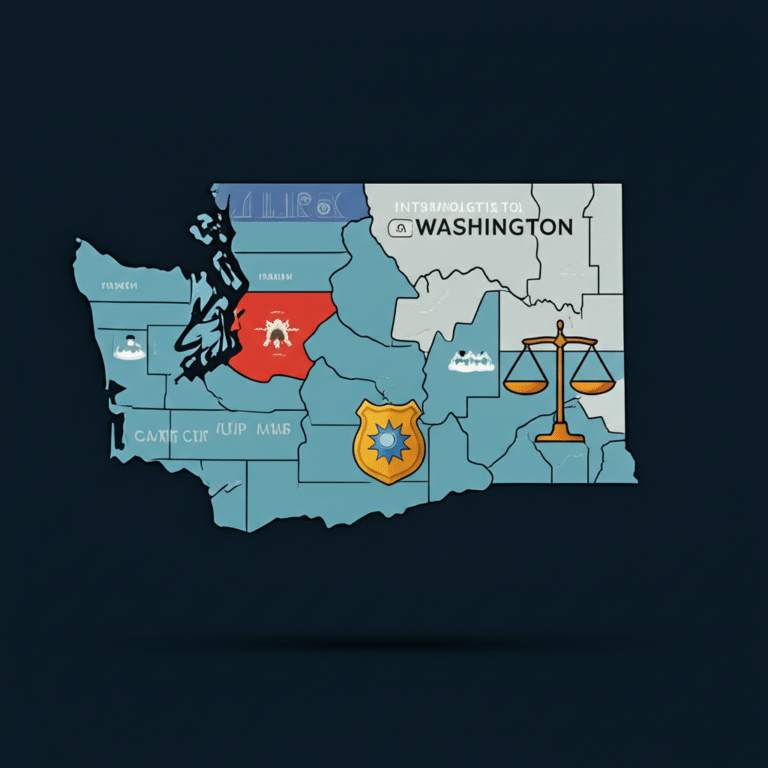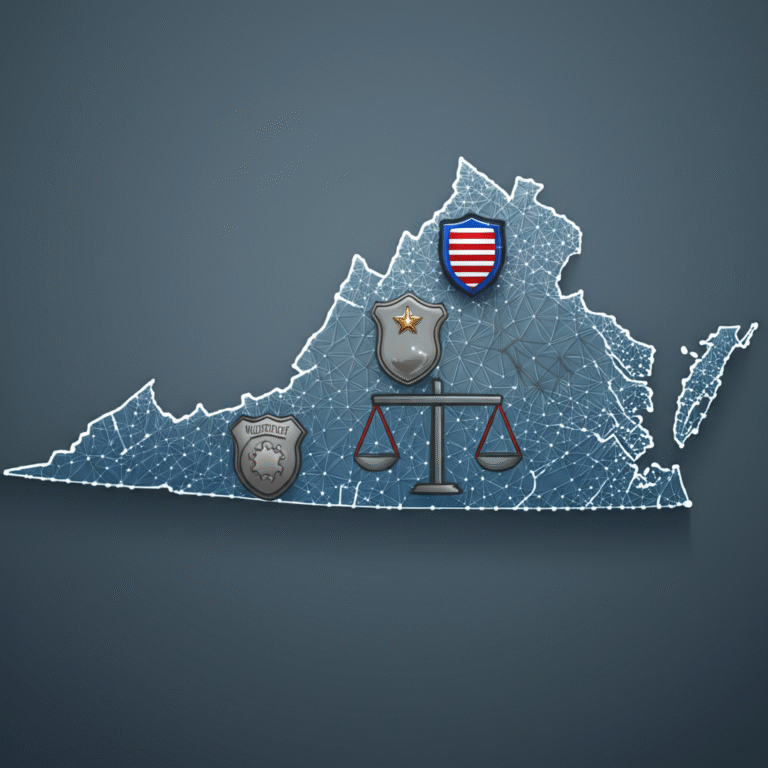North Carolina Crime Rate: Comprehensive Analysis of Crime Statistics and Safety
Have you ever wondered how safe it is to live in North Carolina? Exploring the crime statistics of the state reveals a complex picture shaped by many factors. North Carolina experiences a diverse crime landscape with rates that change depending on the region and type of offense. Insight into these patterns comes from the fields of criminology and law enforcement, which work hand in hand to promote public safety.
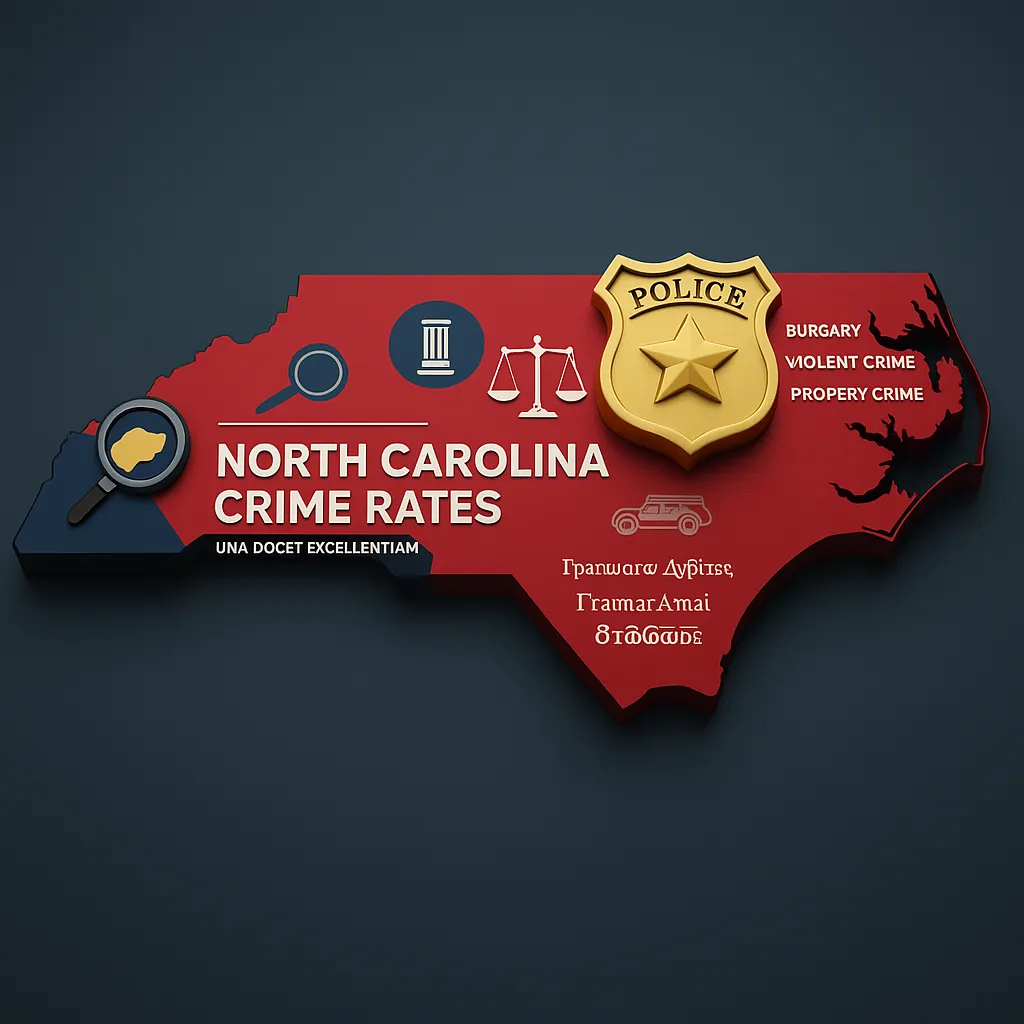
Understanding the numbers behind crimes helps communities and officials develop better strategies to protect citizens and enhance justice through legal action. It also highlights the social issues that may influence criminal behavior and law enforcement efforts. Throughout this article, we will explore North Carolina’s crime environment in detail and discuss what these statistics mean for residents and policymakers. Prepare to dive into a thorough analysis that connects data with real-world safety considerations.
- North Carolina experiences a diverse crime landscape with varying crime rates compared to the national median.
- Crime statistics provide critical insights into public safety, law enforcement effectiveness, and criminal justice administration.
- Understanding the types and distribution of crimes assists in addressing social issues and improving community security.
Overview of Crime Types in North Carolina
The overall crime scene in North Carolina includes many reported incidents, reflecting a broad spectrum of unlawful actions. Each year, more than 266,000 crimes are documented, ranging from violent offenses to property-related acts. The crime statistics help categorize these incidents for better review under criminal law and for directing law enforcement efforts.
Violent crimes are serious incidents that involve force or threat, while property crimes usually relate to theft or damage without direct confrontation. In North Carolina, property crimes overwhelmingly outnumber violent offenses. Residents face different risks depending on which crime category is more prevalent in their area, shedding light on the state’s safety dynamics.
- Total crimes reported in North Carolina exceed 266,000 incidents.
- Violent crime accounts for over 42,000 cases, whereas property crime dominates with approximately 224,000 cases.
- Crime rates per 1,000 residents stand at 24.56 overall, with violent crime at 3.91 and property crime at 20.65.
| Crime Type | Reported Cases | Rate per 1,000 Residents |
|---|---|---|
| Total Crimes Reported | 266,145 | 24.56 |
| Violent Crimes | 42,408 | 3.91 |
| Property Crimes | 223,737 | 20.65 |
Violent Crime Breakdown and Analysis
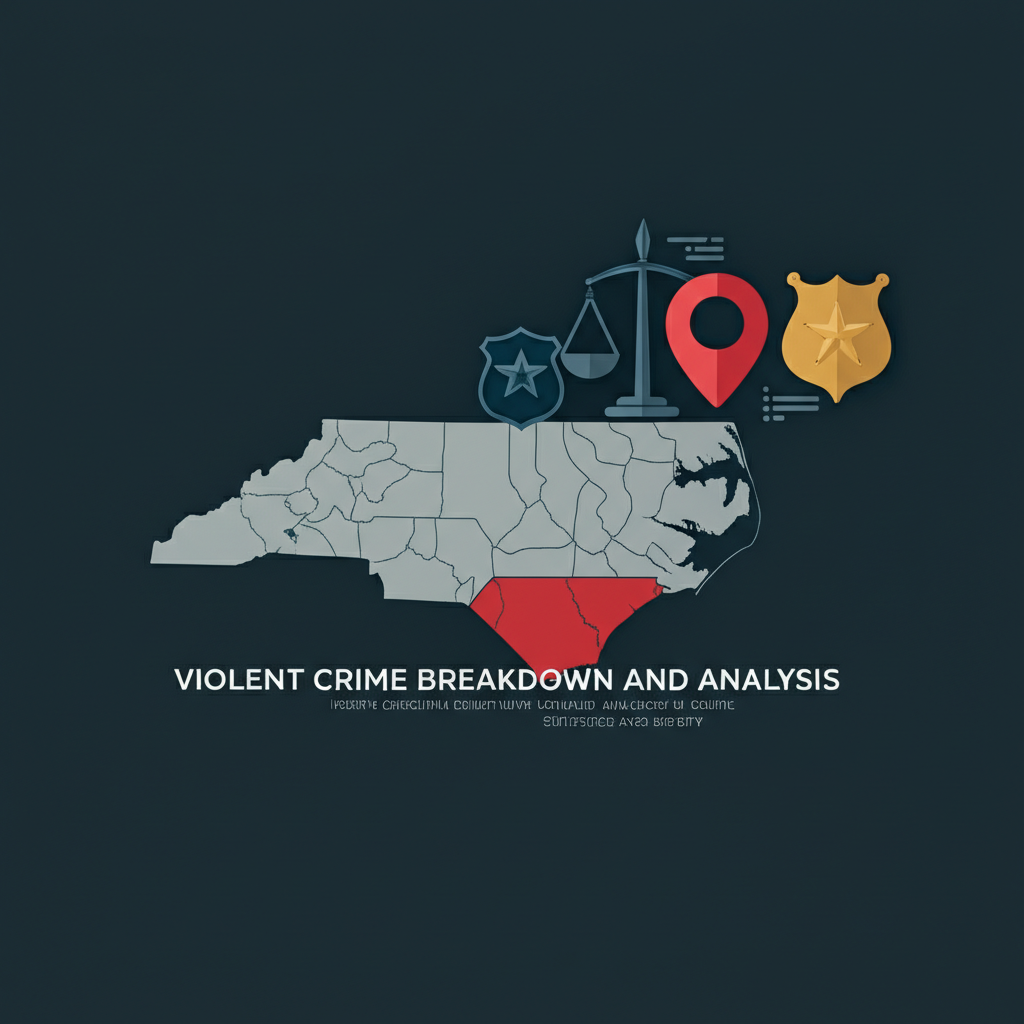
Within the category of violent crimes in North Carolina, several specific offenses stand out. Assault cases form the largest group, reflecting an increase that demands attention. Other notable violent crime types include murder, rape, and robbery. Each of these crimes carries serious consequences and requires robust legal action.
The probability of becoming a victim of violent crime here is about 1 in 256, which makes understanding these categories vital for community safety. The numbers show that while rape and robbery occur less frequently, their impact on victims and public perception is significant. Insights into these crimes help law enforcement focus resources and guide prevention strategies effectively.
- Spike in assaults represents the majority of violent crimes reported.
- Murder, rape, robbery, and assault are the key violent crime categories examined.
- The chance of becoming a victim of violent crime in North Carolina is approximately 1 in 256.
| Violent Crime Type | Reported Cases | Rate per 1,000 (NC) | Rate per 1,000 (U.S.) |
|---|---|---|---|
| Murder | 855 | 0.08 | 0.06 |
| Rape | 3,051 | 0.28 | 0.38 |
| Robbery | 5,617 | 0.52 | 0.67 |
| Assault | 32,885 | 3.03 | 2.64 |
Comparing Violent Crime Rates to National Averages
When comparing North Carolina’s violent crime rates to nationwide figures, a mixed picture emerges. Overall, the state’s violent crime rate is slightly below the national median, which suggests relative safety in some respects. However, there are notable exceptions worth considering.
The rate of murder incidents in North Carolina is marginally above the national average. On the other hand, crimes like rape and robbery are reported at lower rates than across the country. Additionally, the state’s elevated assault rate indicates areas where focused law enforcement and public safety improvements could make a difference.
Understanding this comparison is crucial for policymakers and communities aiming to enhance national security efforts and improve their local criminal justice responses. Further details and annual updates on these statistics can be found at the FBI’s Uniform Crime Reporting website.
- North Carolina’s violent crime rate is slightly below the national median.
- Murder rates in the state are marginally higher than the national average, while rape and robbery rates are lower.
- Assault rates in North Carolina exceed the U.S. median, signaling areas for targeted law enforcement focus.
| Crime Type | North Carolina Rate | National Median Rate |
|---|---|---|
| Violent Crime | 3.91 | 4.0 |
| Murder | 0.08 | 0.06 |
| Rape | 0.28 | 0.38 |
| Robbery | 0.52 | 0.67 |
| Assault | 3.03 | 2.64 |
Property Crime Insights and Statistics in North Carolina
Property crimes are the most common offenses in North Carolina, making up the majority of total reported cases each year. These crimes typically involve unlawfully taking or damaging someone else’s belongings without direct force.
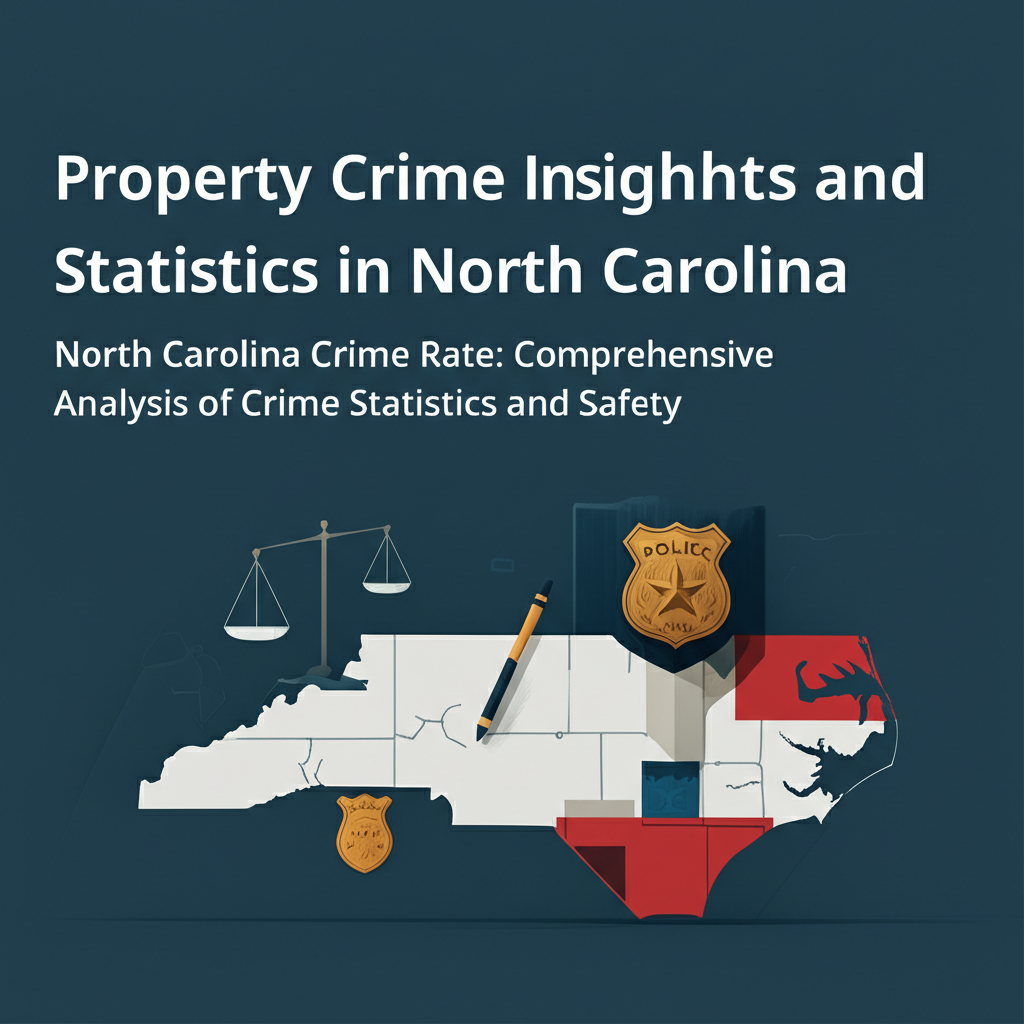
Theft leads as the most prevalent property crime, with over 156,000 cases reported. Other significant categories include burglary and motor vehicle theft. For residents, the chance of becoming a victim of property crime stands near 1 in 48, indicating a more frequent risk compared to violent crimes.
These patterns highlight the importance of improving community security measures and advising individuals on how to protect their possessions. Awareness of these statistics serves as a guide for law enforcement and policymakers when designing crime prevention programs.
- Property crime constitutes the majority of total crimes in North Carolina.
- Theft is the most recurring property crime with over 156,000 cases reported.
- Residents face a 1 in 48 chance of becoming property crime victims.
| Property Crime Type | Reported Cases | Rate per 1,000 (NC) | Rate per 1,000 (U.S.) |
|---|---|---|---|
| Burglary | 38,500 | 3.55 | 2.51 |
| Theft | 156,871 | 14.48 | 13.47 |
| Motor Vehicle Theft | 28,366 | 2.62 | 3.19 |
North Carolina Property Crime Rates Compared with U.S. Medians
Looking at property crime rates compared to national medians provides useful insight for crime prevention. Burglary rates in North Carolina are noticeably higher than the national average, suggesting a challenge that needs focus. Theft rates also exceed national medians, though just slightly, which impacts many individuals and communities.
Interestingly, motor vehicle theft is lower in North Carolina when compared to the United States overall. Recognizing these differences helps officials allocate resources effectively and tailor public safety strategies to the specific needs of the state.
For more detailed crime reports and national comparisons, organizations like the Bureau of Justice Statistics offer comprehensive data.
- Burglary rates in North Carolina are notably higher than national medians.
- Theft rates slightly exceed the national average, while motor vehicle theft is somewhat lower.
- Understanding these disparities aids in resource allocation and crime prevention strategies.
| Property Crime Type | North Carolina Rate | National Median Rate |
|---|---|---|
| Burglary | 3.55 | 2.51 |
| Theft | 14.48 | 13.47 |
| Motor Vehicle Theft | 2.62 | 3.19 |
Crime Density Analysis: Incidents per Square Mile
Crime density, measured as the number of crimes per square mile, offers another perspective on safety. North Carolina reports about 23 crimes per square mile, which is below the national median of 26.5. This suggests the state has a relatively dispersed crime pattern.
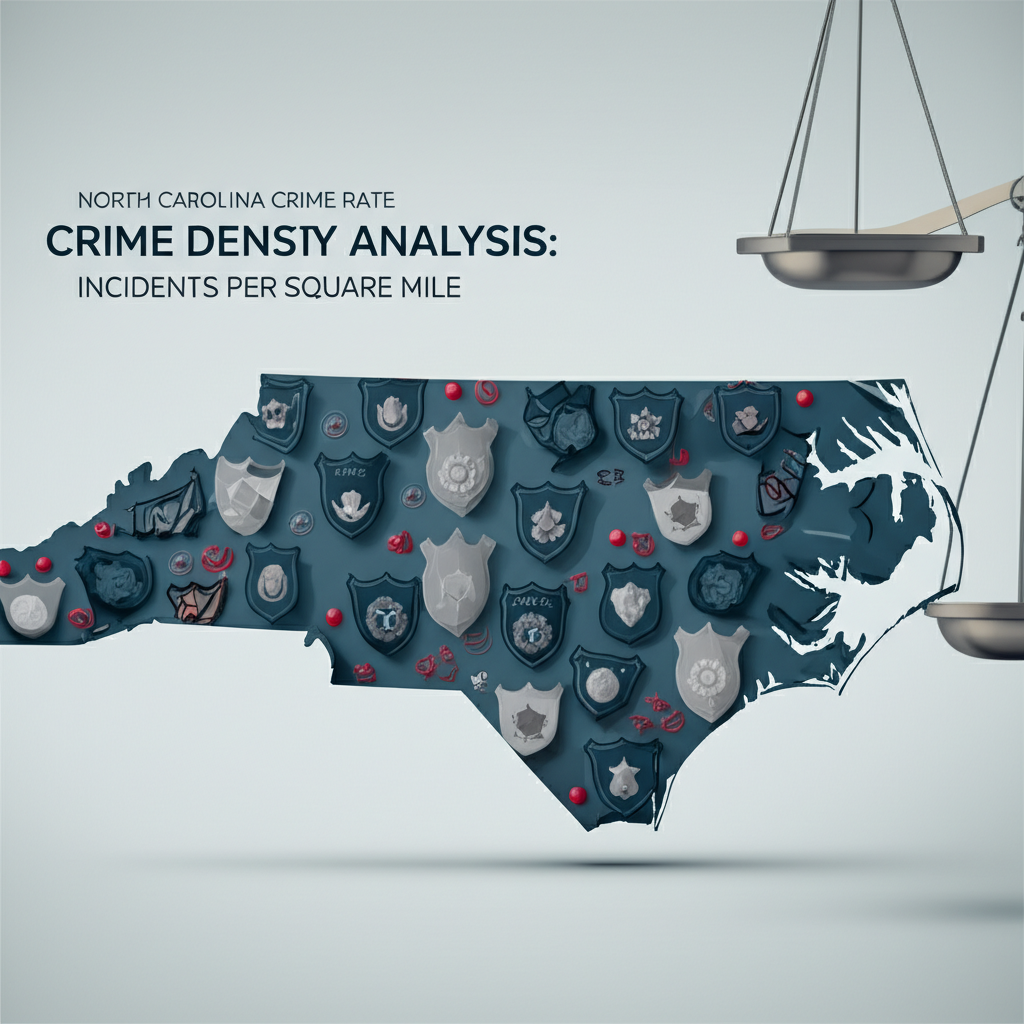
Factors such as urbanization and population distribution heavily influence crime density. Areas with higher populations and urban centers tend to have denser crime rates, which law enforcement must consider when deploying resources.
Tracking crime density is important for improving public safety, as it supports targeted policing efforts and better strategic planning in high-risk areas.
- North Carolina reports 23 crimes per square mile, below the national median of 26.5.
- Crime density is influenced by urbanization and population distribution factors.
- Monitoring this metric supports effective law enforcement deployment and public safety operations.
| Location | Crimes per Square Mile |
|---|---|
| North Carolina | 23 |
| National Median | 26.5 |
Top Safest Cities in North Carolina
Certain cities in North Carolina stand out for their strong commitment to public safety and crime prevention. Lansing ranks as the safest city in the state, showcasing effective community efforts and social stability.
Other cities like Lowgap, Jackson Springs, and Autryville also feature among the safest, reflecting environments where residents enjoy lower crime rates and higher quality of life. These rankings underline the importance of strong social institutions and community collaboration in maintaining safety.
Identifying such cities allows others to learn and adopt similar strategies that promote community safety across North Carolina.
- Lansing is recognized as the safest city in North Carolina.
- Other safe cities include Lowgap, Jackson Springs, and Autryville.
- Safety rankings reflect community commitment to crime prevention and social stability.
| Rank | City |
|---|---|
| 1 | Lansing |
| 2 | Lowgap |
| 3 | Jackson Springs |
| 4 | Autryville |
| 5 | Bakersville |
| 6 | Pinetown |
| 7 | Crossnore |
| 8 | Conetoe |
| 9 | Middleburg |
| 10 | Milton |
Popular North Carolina Cities and Crime Overview

North Carolina is home to several large and popular cities, including Charlotte, Raleigh, Greensboro, and Durham. These urban centers play a major role in the state’s demographics and economic activity.
While specific crime data for these cities was not provided, understanding crime in these areas is essential for localized safety analysis. Urban environments naturally experience different crime patterns compared to rural regions, influenced by population density and social dynamics.
Proper examination of crime figures within these cities can inform targeted law enforcement strategies and help develop community programs aimed at reducing offenses.
- Major cities include Charlotte, Raleigh, Greensboro, and Durham.
- Specific crime data for these cities was not provided but considered crucial for localized safety analysis.
- Understanding urban crime patterns can guide targeted law enforcement and community programs.
| City | Crime Data Availability |
|---|---|
| Apex | [city_crime_row city=”Apex” state=”North Carolina”] |
| Asheville | [city_crime_row city=”Asheville” state=”North Carolina”] |
| Cary | [city_crime_row city=”Cary” state=”North Carolina”] |
| Charlotte | [city_crime_row city=”Charlotte” state=”North Carolina”] |
| Concord | [city_crime_row city=”Concord” state=”North Carolina”] |
| Durham | [city_crime_row city=”Durham” state=”North Carolina”] |
| Fayetteville | [city_crime_row city=”Fayetteville” state=”North Carolina”] |
| Gastonia | [city_crime_row city=”Gastonia” state=”North Carolina”] |
| Greensboro | [city_crime_row city=”Greensboro” state=”North Carolina”] |
| Greenville | [city_crime_row city=”Greenville” state=”North Carolina”] |
| High Point | [city_crime_row city=”High Point” state=”North Carolina”] |
| Jacksonville | [city_crime_row city=”Jacksonville” state=”North Carolina”] |
| Raleigh | [city_crime_row city=”Raleigh” state=”North Carolina”] |
| Wilmington | [city_crime_row city=”Wilmington” state=”North Carolina”] |
| Winston-Salem | [city_crime_row city=”Winston-Salem” state=”North Carolina”] |
Crime Data Collection and Methodological Approach
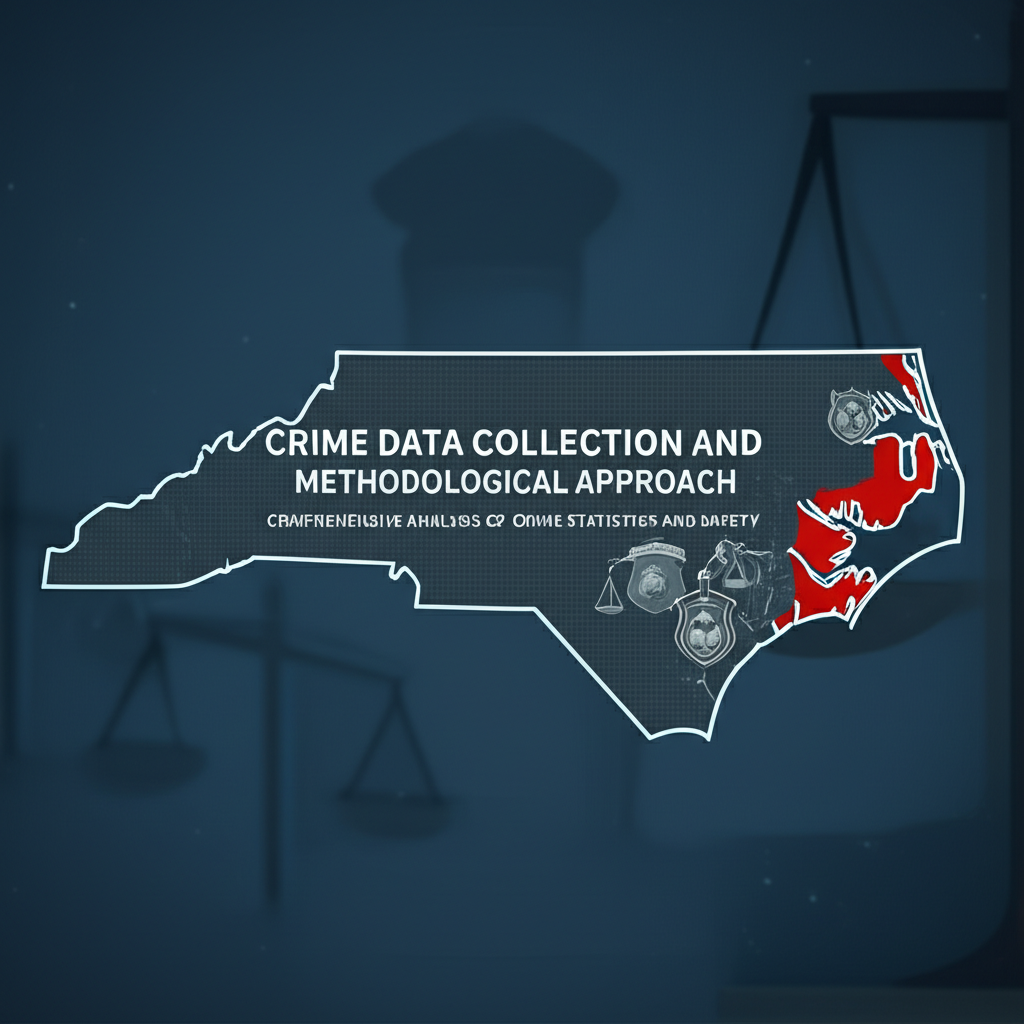
Accurate crime data collection in North Carolina and across the U.S. depends on collaboration among thousands of law enforcement agencies. Over 18,000 local departments contribute annual data, ensuring a comprehensive view of the crime landscape.
The methodology used combines meta-analyses of millions of reported offenses with advanced geospatial techniques, allowing for more accurate location-based insights. These details are continually updated to provide fresh information for public safety planning and criminology research.
This robust system improves the quality of official statistics and supports informed decisions at all levels. The Bureau of Justice Statistics offers further useful information at https://www.bjs.gov/.
- Data collection involves over 18,000 local law enforcement agencies across the United States.
- Annual updates ensure data remains current for law enforcement and public safety planning.
- Methodology incorporates meta-analysis of millions of crimes combined with geospatial data to enhance accuracy.
Conclusion
In wrapping up our comprehensive analysis of North Carolina’s crime statistics, it’s clear that the state faces a multifaceted challenge in ensuring public safety. The data provided by the North Carolina State Bureau of Investigation highlights significant issues in both violent and property crimes, underscoring the need for effective law enforcement and criminal justice strategies. From the hazards of violent crime to the deviance seen in property crimes, the statistics paint a picture of a society grappling with misconduct and aggression.
Yet, amidst these challenges, there’s a consensus reality that through robust social policy, enhanced emergency services, and a commitment to justice, North Carolina can address these social issues. The role of criminology and applied ethics in understanding the causes of crime cannot be overstated, offering pathways to reduce violence and improve national security. As we move forward, it’s imperative that state agencies, alongside the federal government, work collaboratively to tackle these issues, ensuring a safer future for all residents.


